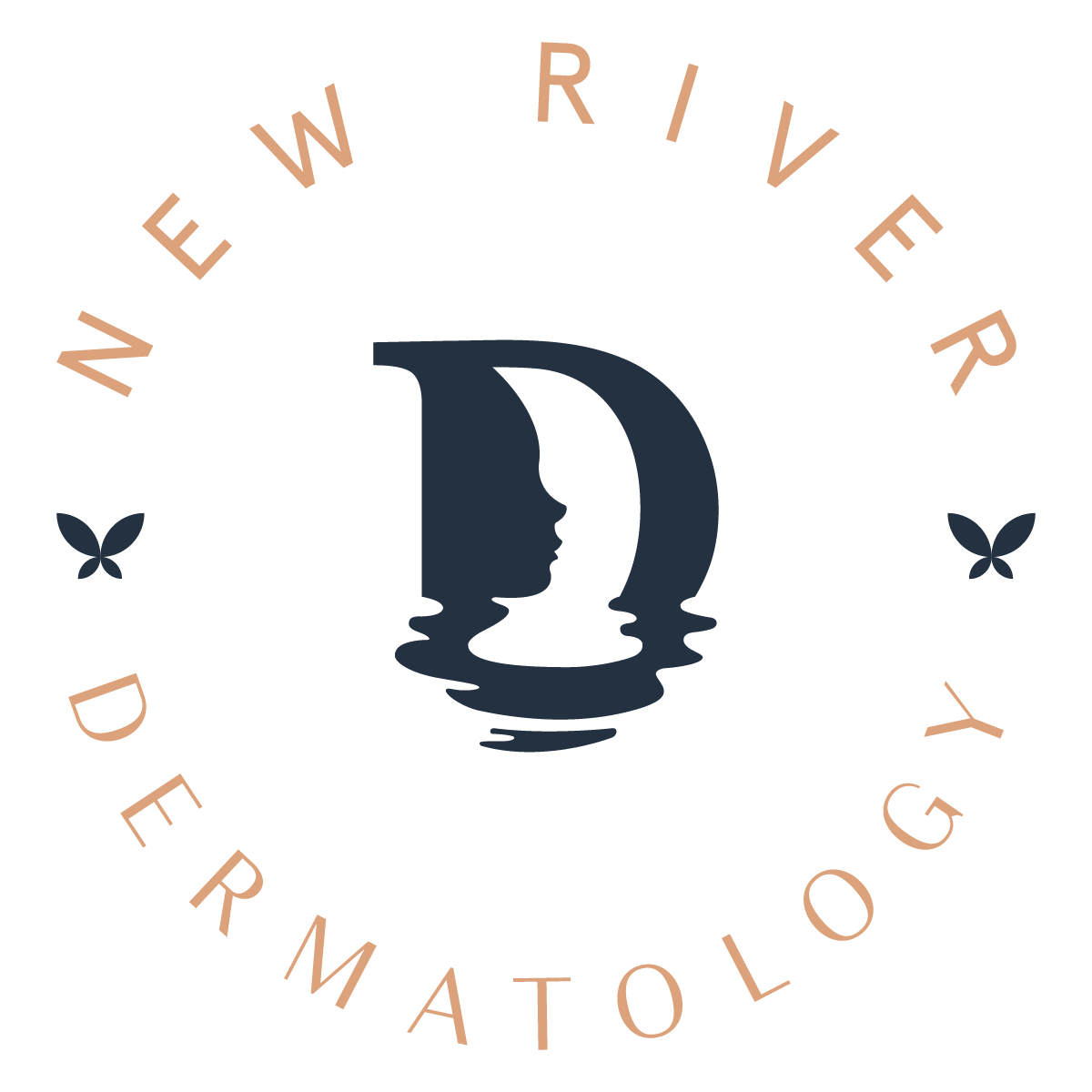Understanding Cystic Acne and How to Treat It
Acne is one of the most common skin conditions in the world– it does not discriminate on gender, age or race! Like many other skin conditions, some cases are more severe than others. While acne can be mild for some, others may experience more severe cases known as cystic acne. Cystic acne can cause pain, discomfort, and contribute to overall confidence and self-worth. Fortunately, understanding the causes and proper treatment for cystic acne can help clear your overall complexion and get you back to feeling yourself!
What Is Cystic Acne?
Millions of people experience frequent acne breakouts, however, cystic acne is less common, more severe, and typically a result of one or more triggers at play. Cystic acne is considered to be the most advanced form of acne, and it’s characterized by large, painful cysts that develop deep beneath the skin. Due to the way this condition presents itself, some individuals may experience permanent scarring, which is treatable through scar removal.
What Causes Cystic Acne?
Cystic acne occurs as a result of bacteria, dead skin cells, and sebum (the substance that makes your face feel oily) getting trapped beneath the skin’s surface and becoming infected. Each individual experiences cystic acne differently, because there are a variety of unique factors at play which trigger flare ups. Whether its overactive oil production, general hygiene, hormonal imbalance, diet or genetics, any of these components could be a contributing factor to cystic acne flare ups.
How To Treat Cystic Acne
While many acne treatments can be managed by products at your local drugstore, cystic acne does require medical treatment by a professional to ensure proper care, reduced scarring and general pain relief. Because cystic acne is more complex, it's important to understand that your skin may not clear up right away. The cysts associated with this form of acne are more difficult to manage, so most individuals can expect to see their cystic acne treatment in full effect after three to four months.
Treatment for cystic acne typically involves oral antibiotics such as spironolactone, which serves as an anti-inflammatory medication that works from the inside out. On top of that, you’ll most likely have the opportunity to utilize prescription-strength benzoyl peroxide, a topical cream that aids in the prevention of unwanted cystic breakouts.
Other ways to start managing your cystic acne at home include keeping a consistent skincare routine, using more oil-free skincare products, and reducing personal stress levels. One of the most important rules for treating acne of any kind is to not pick, squeeze or pop! This can spread bacteria, leading to more breakouts and scarring.
If you are battling cystic acne and need the proper guidance and medication to make a difference in your skin, we encourage you to give our office a call to schedule an appointment!

